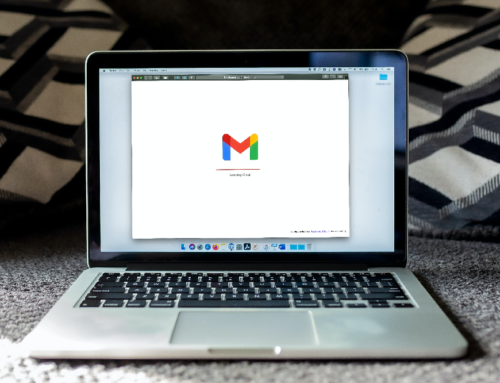Late payments are an all-too-common problem as the economy continues to recover from the pandemic. Many companies are stretching accounts payable and using suppliers as a source of working capital, in turn delaying payments far beyond the norm. Late payments have a ripple effect on your accounts receivable in a several ways, including increased days sales outstanding (DCO), reduced cash flow, and increased collections costs.
Increased DSO Leads to Cash Traps
If a large percentage of your customers are late payers, they can cause days sales outstanding to expand enough to snare you in a cash trap. Late payments increase DSO and the amount of money your company has invested in accounts receivable. Collection bottlenecks can make reducing DSO to get out of a cash trap a real challenge, especially if you do not have automated accounts receivable and collections.
That is why deciding how to handle the late payment behavior is very important. Days sales outstanding reduces return on investment, and increase borrowing and interest expense to finance the additional investment.
Reduced Cash Flow and Increased Time to Collect
Late payments reduce cash flow, negatively impacting your company’s ability to pay suppliers, employees, and other operating expenses on time. Sales orders can sit unprocessed in email inboxes, fax servers and customer portals. They can bounce around to various departments to resolve pricing, availability and other issues. Manually processing orders can add to the damage of late payments by adding days to your order to cash (OTC) process and increasing the likelihood of errors in order entry.
It takes extra time and effort to collect late payments. The added cost and effort can increase your operating expenses and divert time that your accounts receivable team could use to focus on increasing cash flow and collections. Payment delays can lead to damaged relationships and hamper company operations.
Quality of Accounts Receivable
The quality of accounts receivable may deteriorate as a result of late payments. It could lead to an increase in your company’s provision for uncollectible accounts and have an unfavorable impact on earnings. If your company has an asset-based lending agreement, outstanding accounts receivable beyond a certain age may be ineligible to use in calculating the borrowing base and reduce financing available to your organization.
Late payments may ultimately lead to bad debts, and the cost to hire an attorney or collection agency to recover the outstanding accounts receivable. After costs are factored in, collection actions frequently recover only a small percentage of the bad debt, or nothing at all.
The best way to avoid late payments is to make frequent contact with your customer. When you follow up frequently, customers know you are on top of the collection, and are more likely to pay your invoice. Accounts receivable automation, like Lockstep Receivables, can reduce late payments and increase cash flow and efficiency. Electronic invoicing, automated payment reminders and an online customer portal can increase customer contact, expedite dispute resolution, and make it easy for the customer to pay on-time.
With a connected accounting solution for your accounts receivable and accounts payable teams to coordinate work with customers and vendors, you increase efficiency, eliminate cash traps, and increase cash flow.



